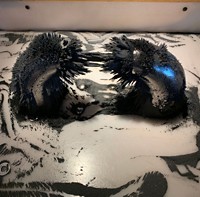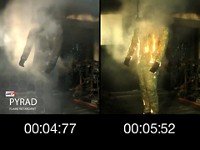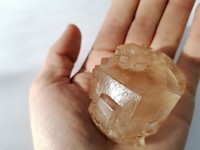Advertisement
Grab your lab coat. Let's get started
Welcome!
Welcome!
Create an account below to get 6 C&EN articles per month, receive newsletters and more - all free.
It seems this is your first time logging in online. Please enter the following information to continue.
As an ACS member you automatically get access to this site. All we need is few more details to create your reading experience.
Not you? Sign in with a different account.
Not you? Sign in with a different account.
ERROR 1
ERROR 1
ERROR 2
ERROR 2
ERROR 2
ERROR 2
ERROR 2
Password and Confirm password must match.
If you have an ACS member number, please enter it here so we can link this account to your membership. (optional)
ERROR 2
ACS values your privacy. By submitting your information, you are gaining access to C&EN and subscribing to our weekly newsletter. We use the information you provide to make your reading experience better, and we will never sell your data to third party members.

A lightning strike in the Mauritanian desert left behind these fulgurites. Despite the way they look, they’re not so different from the sand they’re sitting on. Fulgurites are a mineraloid—a mostly noncrystalline mineral-like substance—made when lightning discharges into sand or soil. The lightning melts and fuses the silicon dioxide that makes up the sand, forming the fulgurites, which are similar to glass. The lightning hits the sand with so much energy that it can create certain silicon dioxide structures that are otherwise seen only in meteorites.
Credit: Ji-Elle/Wikimedia Commons
Do science. Take pictures. Win money. Enter our photo contest here.
For more Chemistry in Pictures, visit our new home on cen.acs.org.





Join the conversation
Contact the reporter
Submit a Letter to the Editor for publication
Engage with us on Twitter